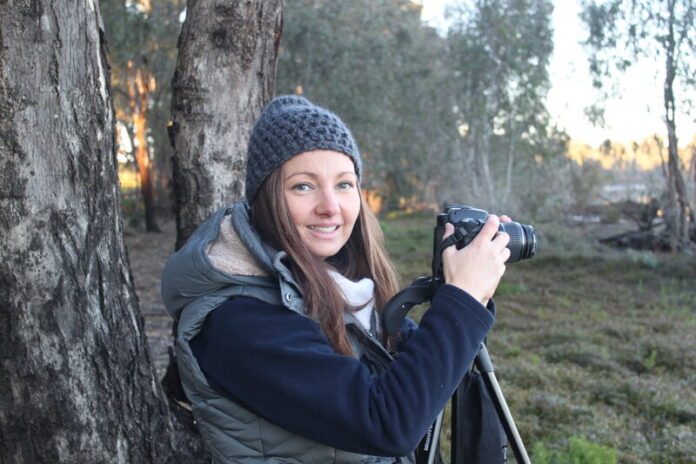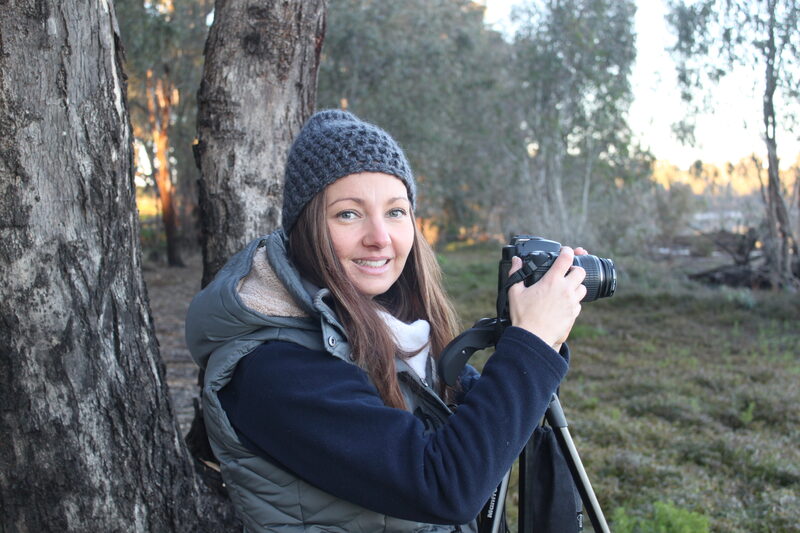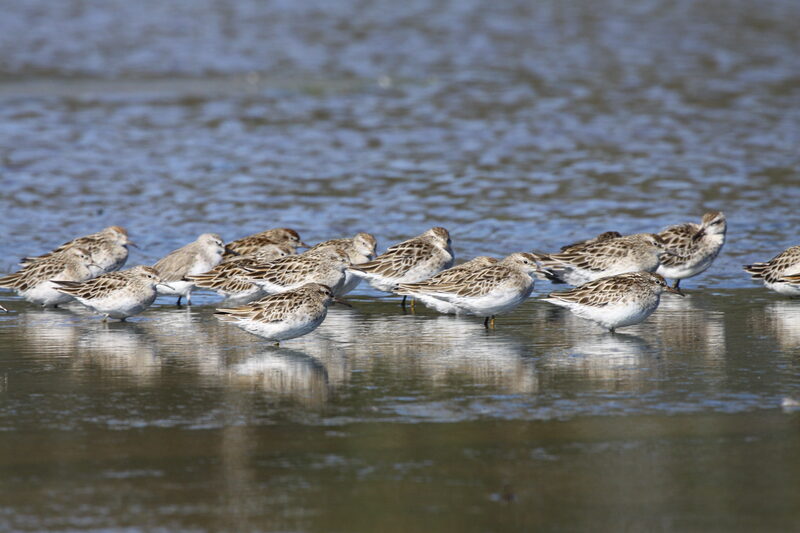
By Natasha Fujimoto
JUST beyond the urban outskirts of Shepparton’s north-west, lies a veritable natural oasis.
Reedy Swamp, part of the Lower Goulburn National Park, is home to a plethora of native animals and plant species and is a hot favourite for international visitors of the feathered kind as well.
With an abundance of vegetation, open water areas and great mud flats, Reedy Swamp attracts up to two hundred Marsh and Sharp-tailed Sandpipers yearly (depending on conditions), who dine-out on local aquatic insects and larvae.

Migrating over staggering distances from Canada and Russia, the tiny Sandpipers lose between a half and a third of their bodyweight as they fly continuously for two weeks.
Enthralled by this incredible feat, wetlands and environment water project officer for Goulburn Broken Catchment Management Authority, Jo Geddes said, “A fascinating fact about these birds is, that as they can fly and sleep at the same time.
“Similar to auto pilot, they shut down half their brain as they fly so they can cover great distances, stopping over in Japan, China or Korea to feed before heading to our own, Reedy Swamp.
Switching on an internal compass that science has yet to fully understand, Jo said that the highly- adaptable Sandpipers simply know where to head for optimal conditions to feed as they hit Australian shores.

“If there’s too much water around Reedy Swamp or if it’s too dry, the Sandpipers will head to the coast to feed, not breed, just feed,” Jo said.
Other seasonal visitors to the swamp this time of year, and in bounty due high-water levels, are the deep-diving Blue-billed ducks as well as Ibis, which are excellent pest controllers for surrounding farms and Spoon-billed ducks, who breed in the tall vegetation.





